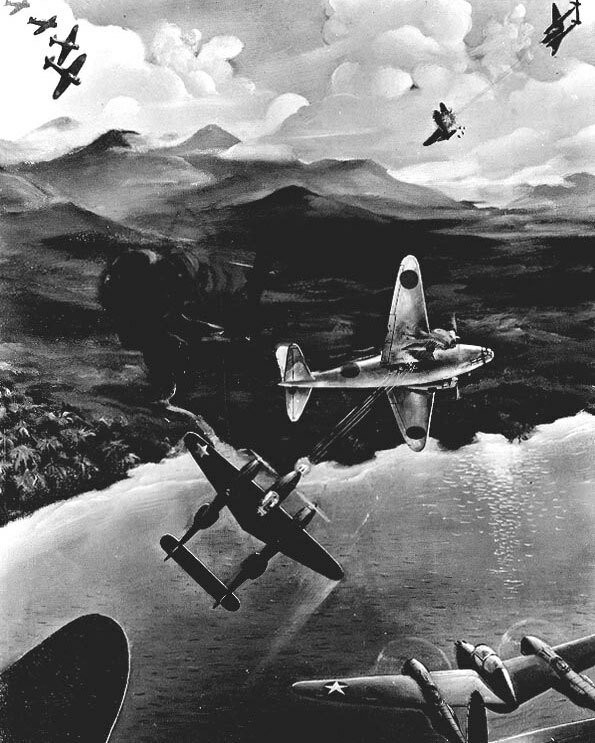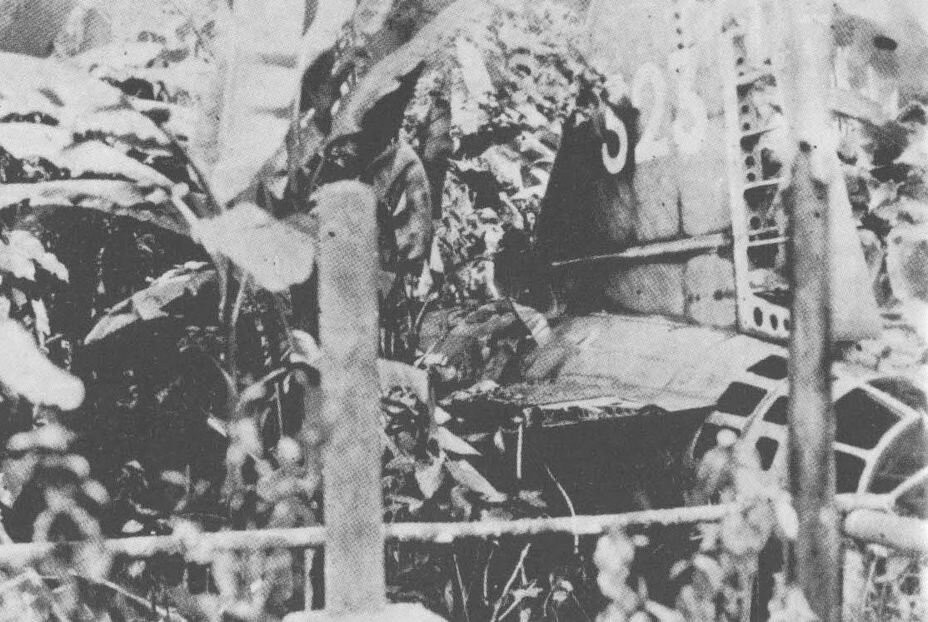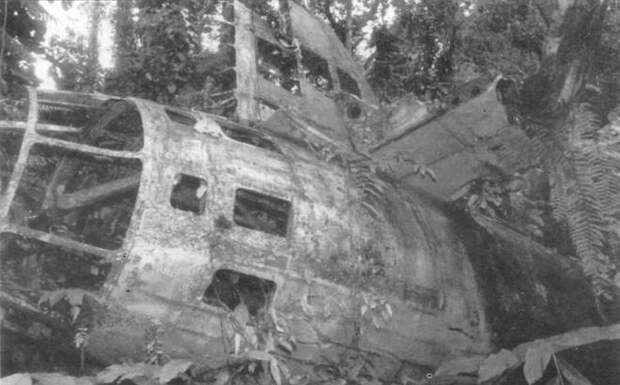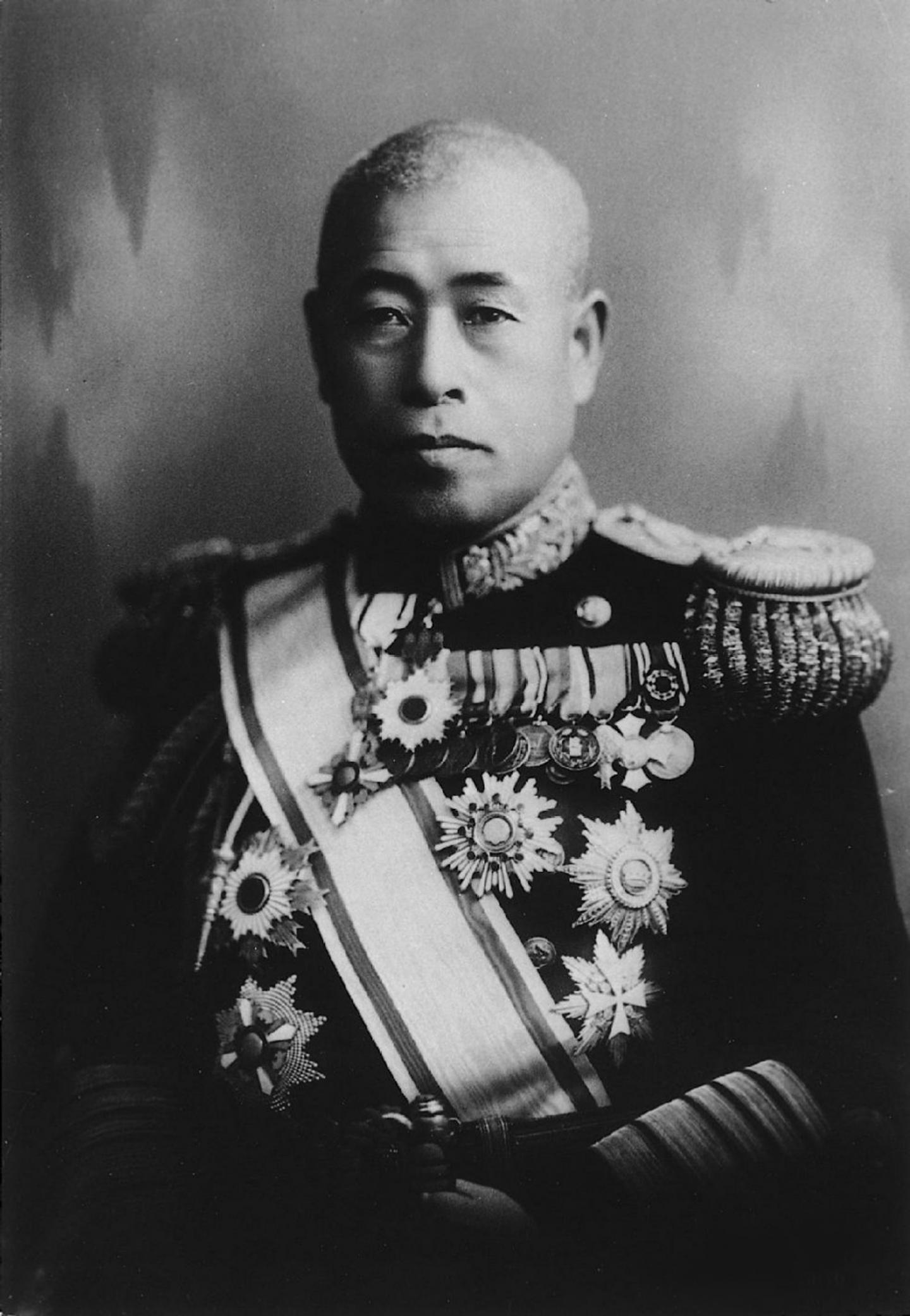Operation Vengeance is an American operation to eliminate the commander-in-chief of the Japanese fleet, Admiral Yamamoto.
History of the operation
To boost the morale of the troops after the defeat at Guadalcanal, Yamamoto decided to personally inspect the South Pacific troops. On April 14, 1943, during a US intelligence operation, codenamed “Magic”, a radio transmission was intercepted and decoded, which contained full details about Yamamoto’s departure, including the arrival schedule for all objects, as well as aircraft numbers and types .on which he and his escort will move. From the encryption, it was clear that Yamamoto would fly from Rabaul to the Ballalae airfield, on the island of Bougainville in the Solomon Islands., On the morning of April 18, 1943.
U.S. President Franklin D. Roosevelt asked Secretary of the Navy Frank Knox to “get Yamamoto.” Knox conveyed the president’s wishes to Admiral Chester W. Nimitz.Admiral Nimitz consulted with Admiral William Halsey, Jr., commander of the South Pacific Group, and thereafter authorized an operation on 17 April to intercept and shoot down Yamamoto’s aircraft.
The 339th fighter squadron of the 347th fighter group of the 13th Air Army was chosen to intercept, as their P-38 Lightning vehicles had sufficient flight range. The pilots were notified that they would be intercepting an “important senior officer” but were not made aware of the name of their target.
The Battle
On the morning of April 18, despite the advice of local commanders to cancel the flight due to fear of an ambush, Yamamoto took off from Rabaul on schedule in a Betty bomber ( Yamamoto was sitting in the wheelhouse to the left of the pilot) for a flight of 315 miles.
 Shortly thereafter, eighteen specially equipped P-38s with extra fuel tanks took off from Guadalcanal (one failed to lift, one returned due to a breakdown, and two crashed into the sea). They flew at a very low altitude and maintained radio silence for most of the 430-mile flight so as not to be detected. At 09:34 Tokyo time, the groups met and aerial combat ensued between 14 P-38s (at least 2 failed to drop additional tanks before the attack, and at least 2 others were forced to cover them, so that the numerical superiority of the American squadron did not was overwhelming) and six Zero fighters from Yamamoto’s escort.
Shortly thereafter, eighteen specially equipped P-38s with extra fuel tanks took off from Guadalcanal (one failed to lift, one returned due to a breakdown, and two crashed into the sea). They flew at a very low altitude and maintained radio silence for most of the 430-mile flight so as not to be detected. At 09:34 Tokyo time, the groups met and aerial combat ensued between 14 P-38s (at least 2 failed to drop additional tanks before the attack, and at least 2 others were forced to cover them, so that the numerical superiority of the American squadron did not was overwhelming) and six Zero fighters from Yamamoto’s escort.
Lieutenant Rex T. Barber attacked the first of two Japanese bombers, which was Yamamoto’s plane. He sprayed the plane with machine gun fire until the left engine of the bomber began to smoke. Barber turned to attack the second bomber; at that moment, Yamamoto’s plane crashed into the jungle. The second “Betty”, subjected to attacks by Barber and other American pilots, began to descend and made an emergency landing on the water. The Yamamoto staff officers who were in it, with the exception of Vice Admiral Ugaki and two other people, died.
After the battle, another pilot, Captain Thomas George Lanphier, Jr., tried to prove that he had shot down the main bomber. This statement started a dispute that lasted for several decades, until a special expedition analyzed the direction of the bullets at the crash site. Most historians in modern times have attributed this bomber to Barber’s account.
Battle results

 The following day, a Japanese rescue party, led by Army engineer Lieutenant Hamasuna, found the wreck and the body of Admiral Yamamoto in the jungle, north of the former Australian coastal outpost Buin. According to Hamasuna, Yamamoto was thrown from the fuselage of the plane under a tree, the body was sitting upright, strapped to the seat, and a white-gloved hand was clutching the handle of his katana. Hamasuna said that it was quite easy to identify Yamamoto, his head tilted as if he was thinking. Autopsy Testified that Yamamoto had received two bullet wounds, one to the back of his left shoulder, the other to the lower part of his lower jaw, with an exit hole above his right eye. Despite all the evidence, the question of whether the admiral survived the crash has become a matter of controversy in Japan.
The following day, a Japanese rescue party, led by Army engineer Lieutenant Hamasuna, found the wreck and the body of Admiral Yamamoto in the jungle, north of the former Australian coastal outpost Buin. According to Hamasuna, Yamamoto was thrown from the fuselage of the plane under a tree, the body was sitting upright, strapped to the seat, and a white-gloved hand was clutching the handle of his katana. Hamasuna said that it was quite easy to identify Yamamoto, his head tilted as if he was thinking. Autopsy Testified that Yamamoto had received two bullet wounds, one to the back of his left shoulder, the other to the lower part of his lower jaw, with an exit hole above his right eye. Despite all the evidence, the question of whether the admiral survived the crash has become a matter of controversy in Japan.
In this battle, only one American pilot died – Lieutenant Raymond Hine. His plane did not return to base after being shot down by Shoichi Sugita, pilot of the 504th Air Group of the Imperial Japanese Navy. Taking into account the fact that the fighters had to fight at the limit of the range, taking into account additional fuel tanks, the downed pilot had no chance of returning.
It was the longest air interception operation in the history of the war. In Japan, it became known as “Naval Incident A” (海軍甲事件). Raised morale in the United States, and shocked Japan, which officially recognized this incident only on May 21, 1943.In order not to alert the Japanese to the deciphering of their code, American newspapers reported that civilian observers saw Yamamoto boarding a plane in the Solomon Islands. The names of the American pilots were also not published – the brother of one of them was in Japanese captivity, and they feared for his safety.
Captain Watanabe and his entourage cremated Yamamoto’s remains at Buin, and the ashes were returned to Tokyo aboard the battleship Musashi, Yamamoto’s last flagship. Yamamoto was buried with honor on June 3, 1943, and received the rank of Admiral of the Fleet and the Order of the Chrysanthemum (First Class) posthumously. The German government also awarded him the Knight’s Order of the Iron Cross with Oak Leaves and Swords. Some of his ashes were interred at the Tama General Cemetery (多摩霊園) and the remainder at his ancient family cemetery at Chōko-ji Temple in Nagaoka .















